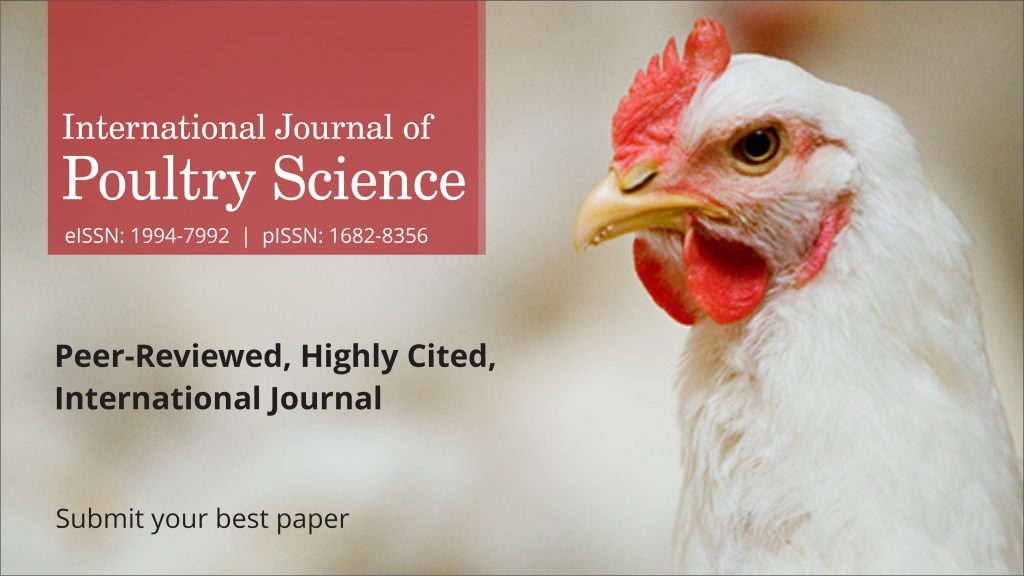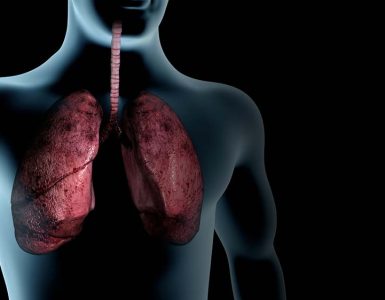Poultry and Meat and are foods that contain vital nutrients like vitamins, proteins of high- biological value, minerals and trace elements along with several bioactive compounds which are globally recognized. Fila et al. (2017) reported that poultry meat is exposed to numerous chemical contaminants, mostly during the feeding, transportation, processing, and retail stages. According to Codex Alimentarius Commission (2009) , “contaminant” is a substance that is not the part of the food and added in the food as a result of the manufacturing, production, processing, preparation, packaging, treatment, transportation, storage or environmental contamination. The term does not include rodent hairs, insect fragments and other extraneous matter”.
Antimicrobials are agents that kill microorganisms or stopovers their growth. These antimicrobials are widely used for the treatment and prevention of disease and maintain the health of all treated poultry, induce improve meat quality, enhance growth, and reduce production costs.

Darwish et al. (2013) informed that the application of veterinary drugs could result in the deposition of antimicrobial residues in the final product. Their existence is mainly due to non-compliance with the suggested withdrawal period before slaughtering of the treated animals. These residues can adversely affect human health like immunopathological effects, mutagenicity, hepatotoxicity, carcinogenicity, nephropathy, reproductive disorders, bone marrow toxicity, hypersensitivity, and resistance to antibiotics.
Environmental contamination is quite prevalent in the world, and globalization makes it even more problematic to control. One of the major reasons for environmental contamination in poultry meat, use of contaminated ingredients in feed, improper processing, lack of control of feed ingredients, mold growth in feed grains, and flours. These contaminants are difficult to control in meats due to the different routes of absorption for the animal and the diversity of the compounds to be examined, although the contaminants can exert toxicity in the final product. Some of these substances can gather in the fatty tissue of animals and the human body and impose long-term harmful effects. Cadmium is a toxic metal with common exposure in plant soils, industrial workplaces, and from smoking. It has a negative effect on the pulmonary, renal, cardiovascular, and skeletal systems and can damage the kidneys and the human immune and reproductive systems.
Phenols and Polycyclic aromatic hydrocarbons (PAHs) are the main harmful compounds that contaminate smoked products during the smoking process. PAHs are generated by incomplete combustion of wood particularly within a temperature range of 500-700EC with limited oxygen supply and their carcinogenic, mutagenic, and bio-accumulative capacities have been confirmed by Sikorski (2016) in his study. The European Unionʼs Scientific Committee for Food assessed (2005) reported that among 33 PAHs , 15 were found with genotoxic and carcinogenic properties. International journal of poultry sciences published a research work of Akakpo et al. (2021) in which they assessed the lead and cadmium, antibiotic residues, total phenols and PAHs contents in traditionally smoked chicken meat available in the market for consumers in Lomé and their public health concerns. The results indicated that consumption of traditionally smoked chicken meat sold in Lomé is not safe with respect to heavy metals and PAHs in specific and poses a potential health risk to the local consumers.
















Add comment